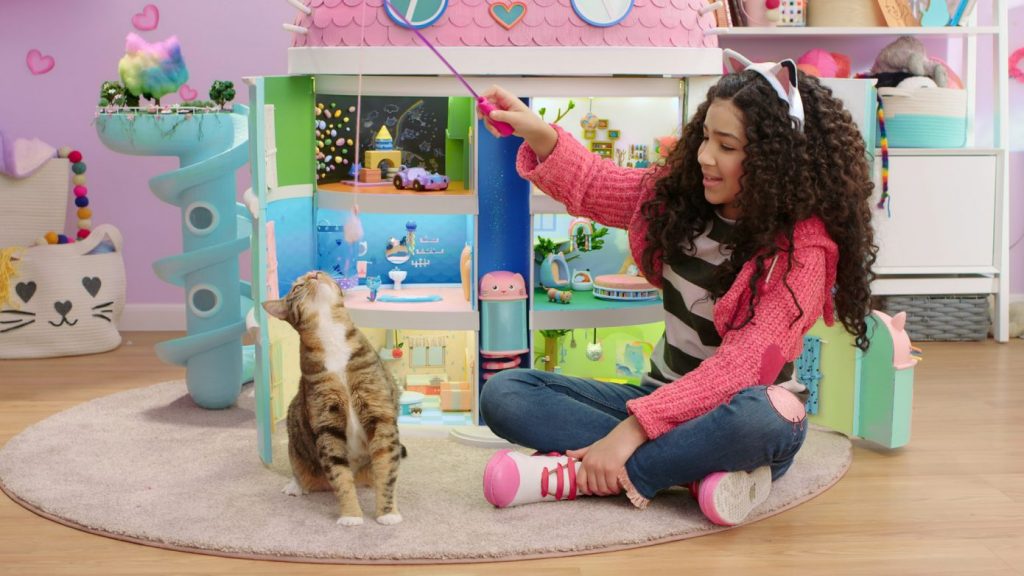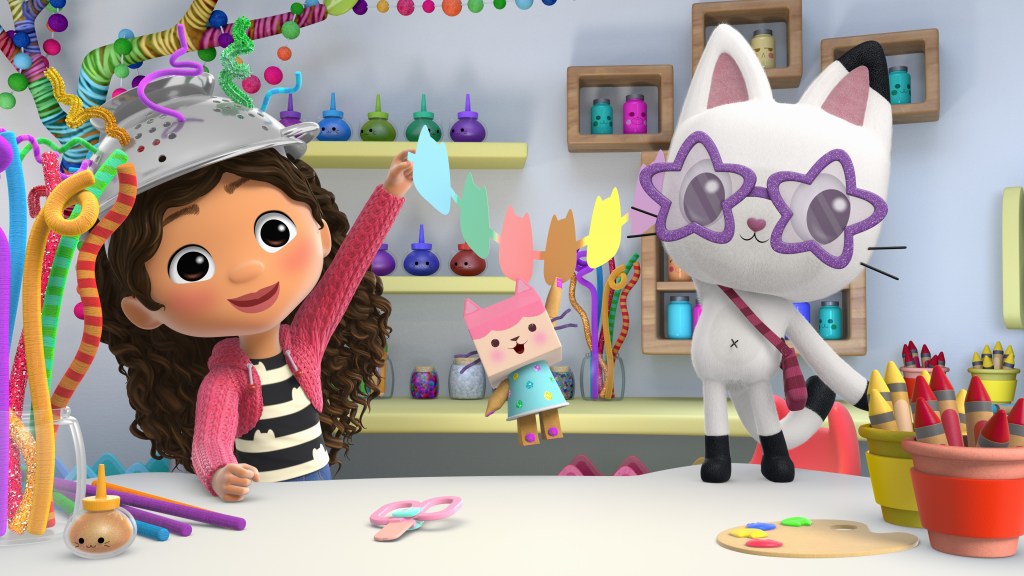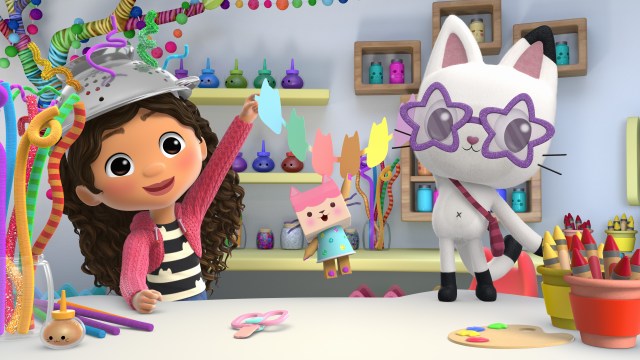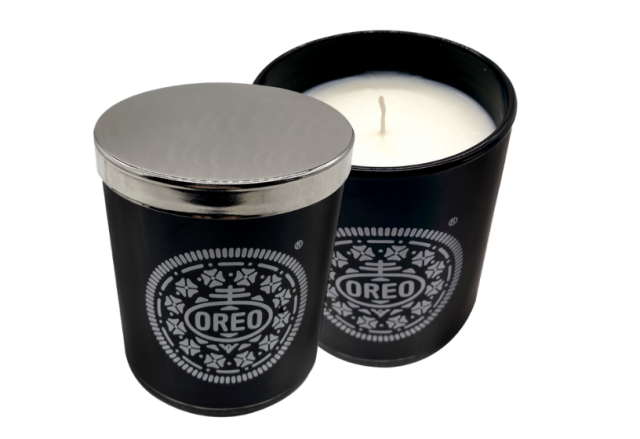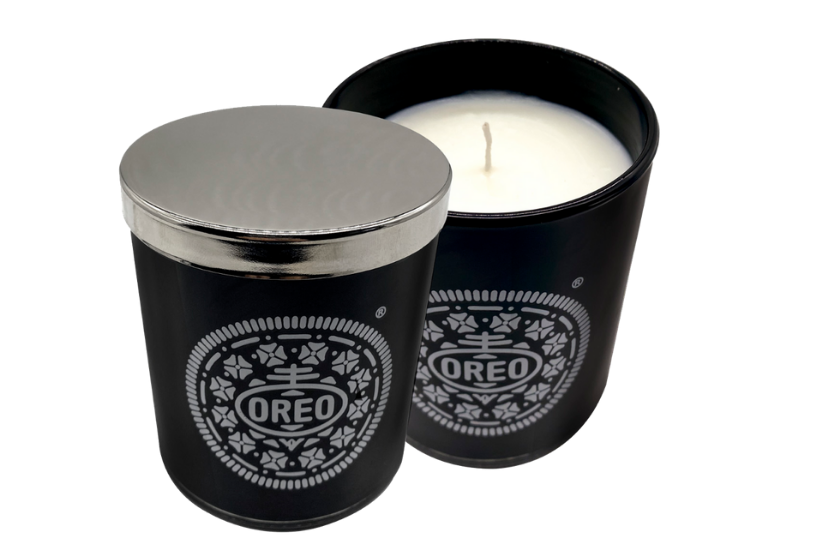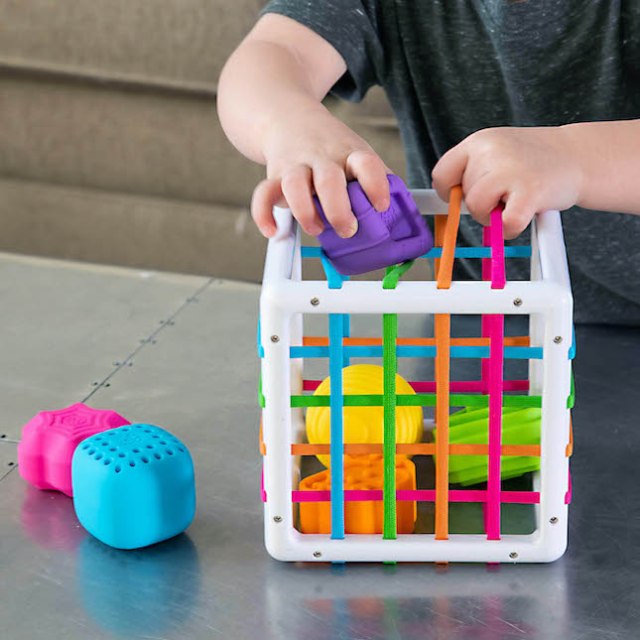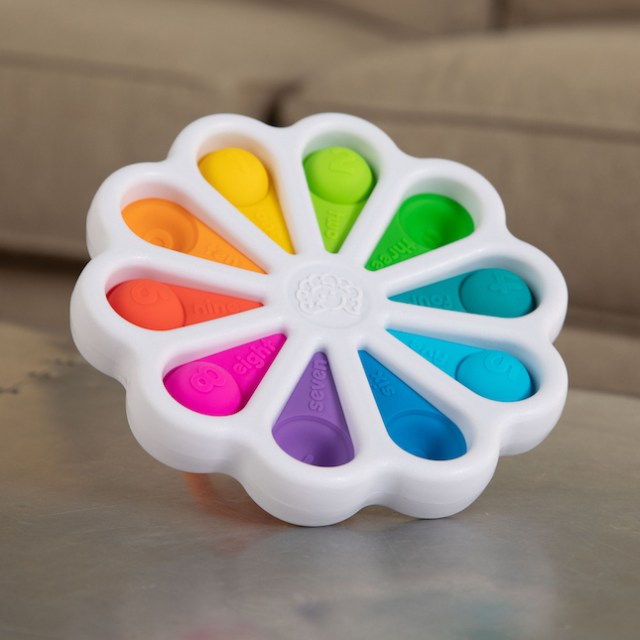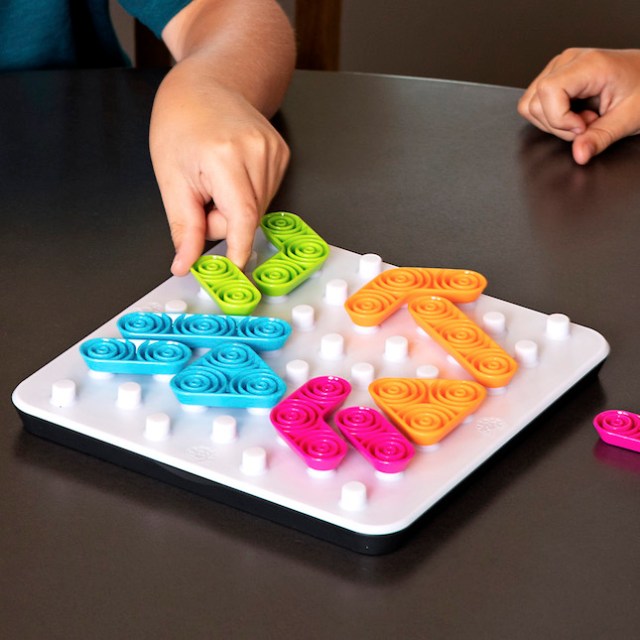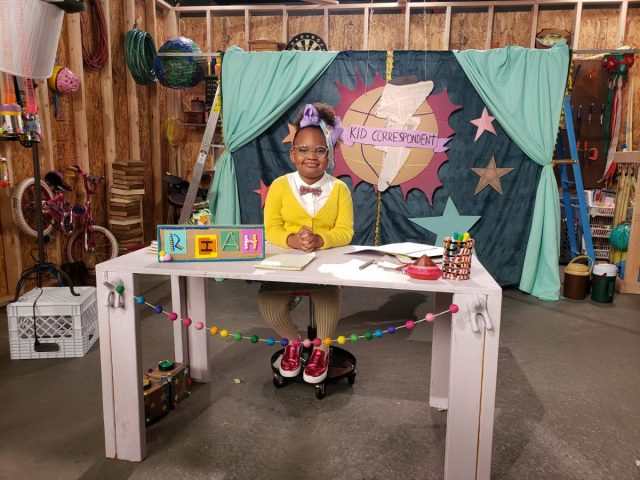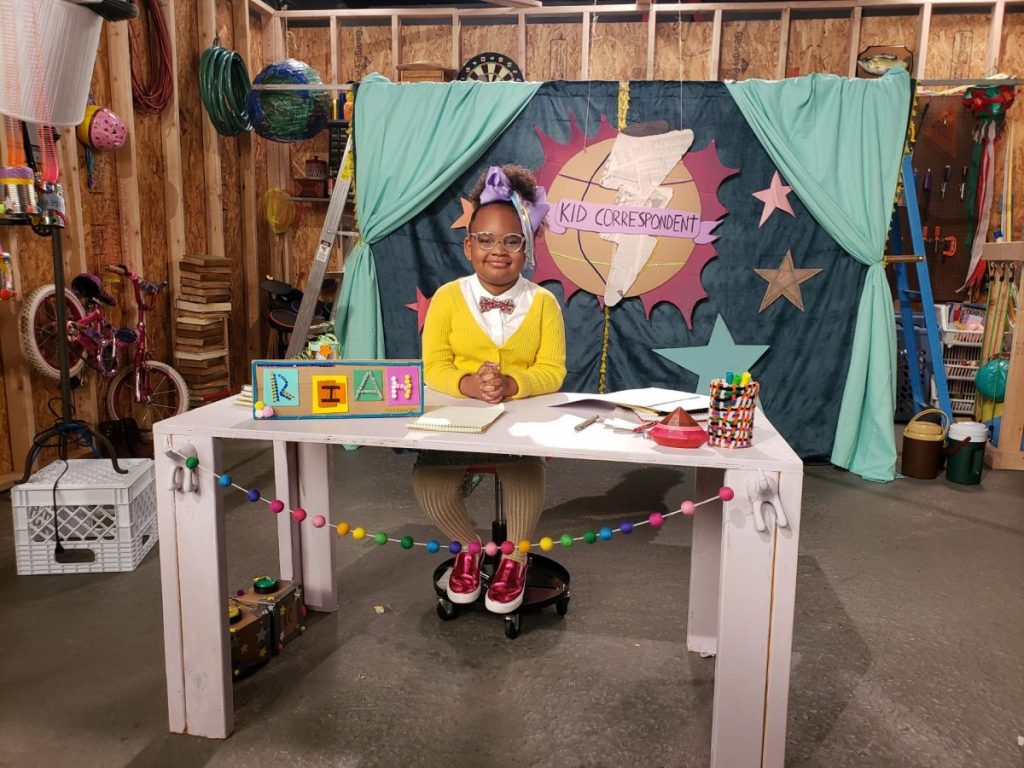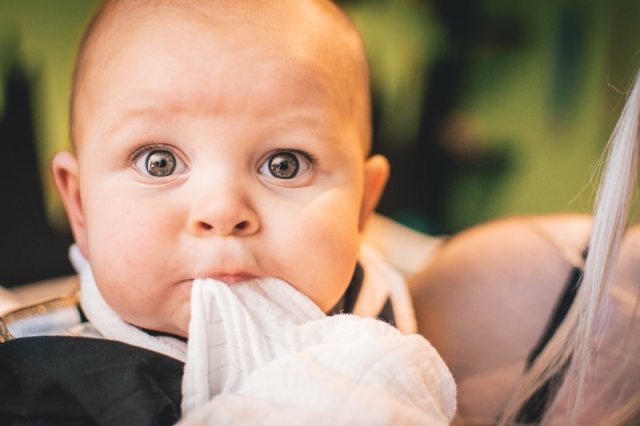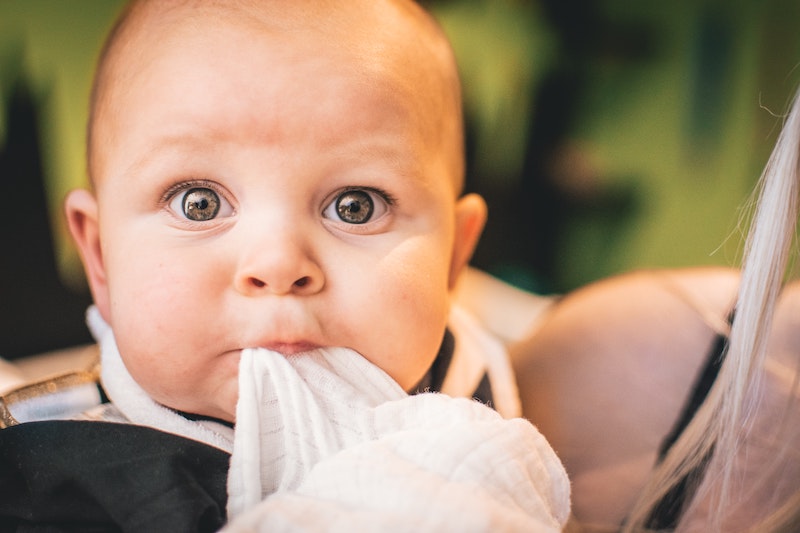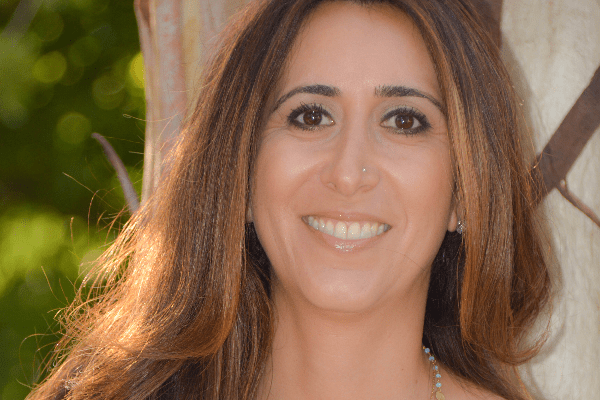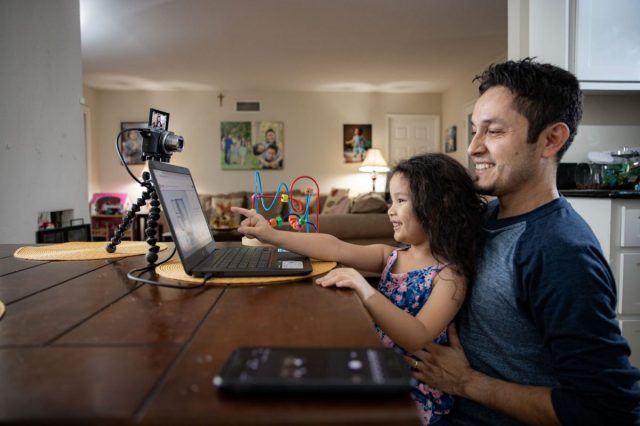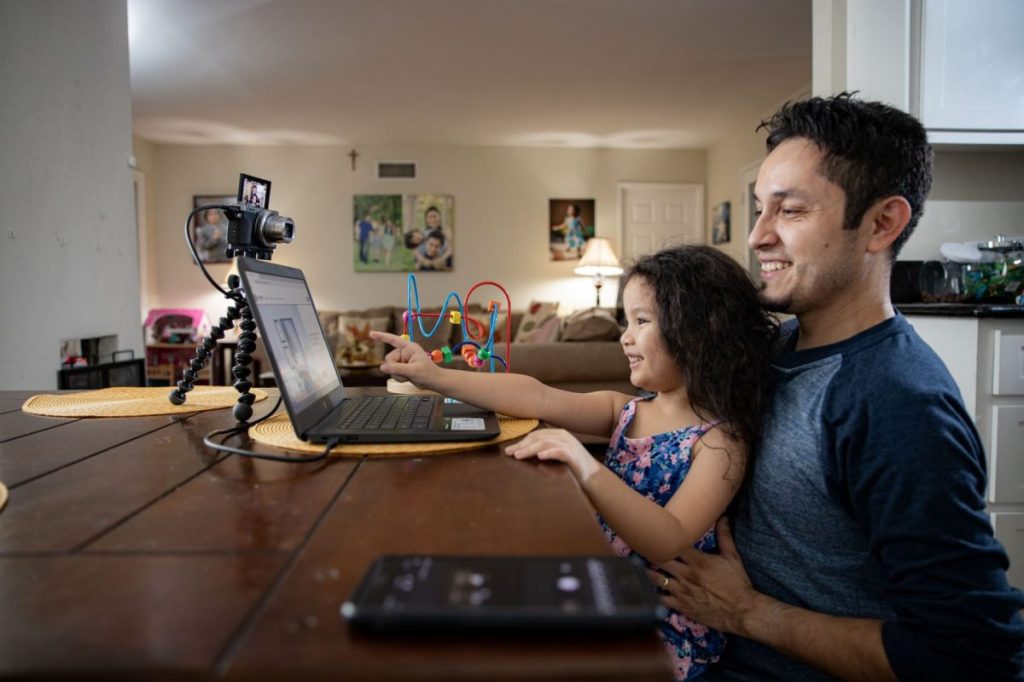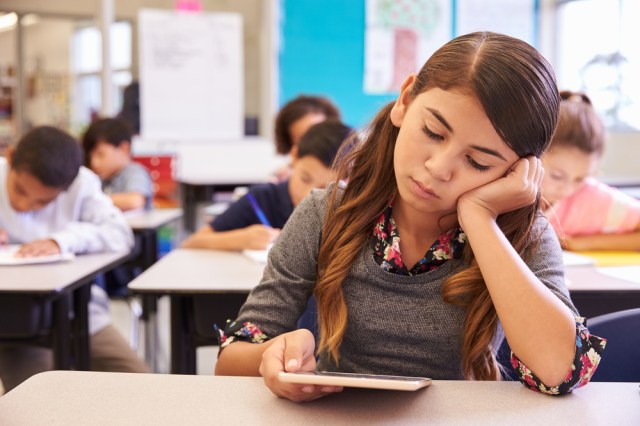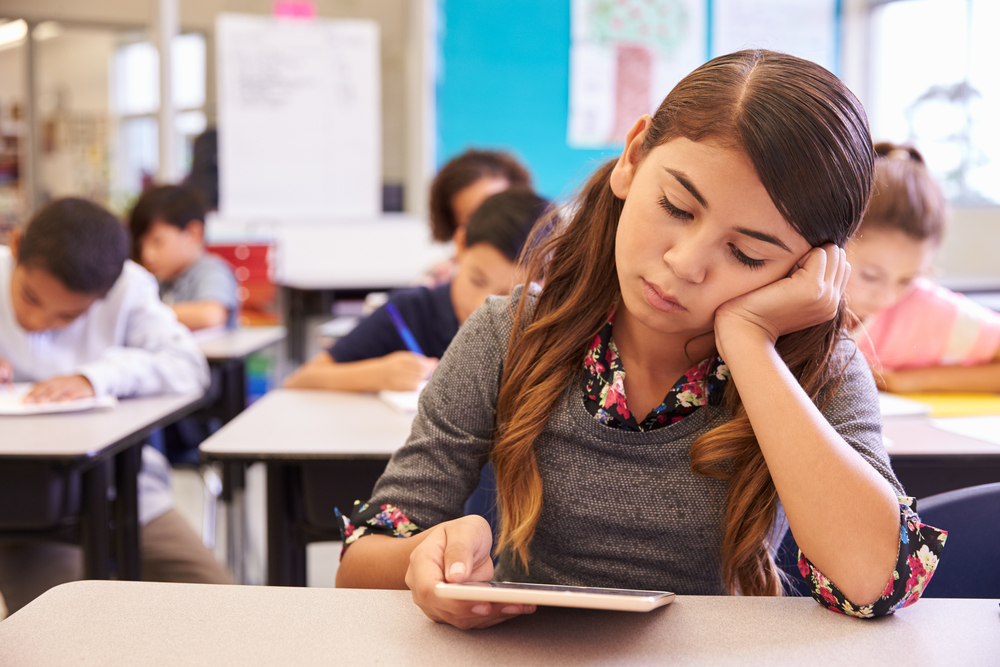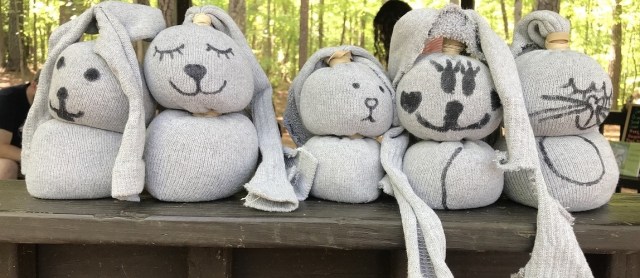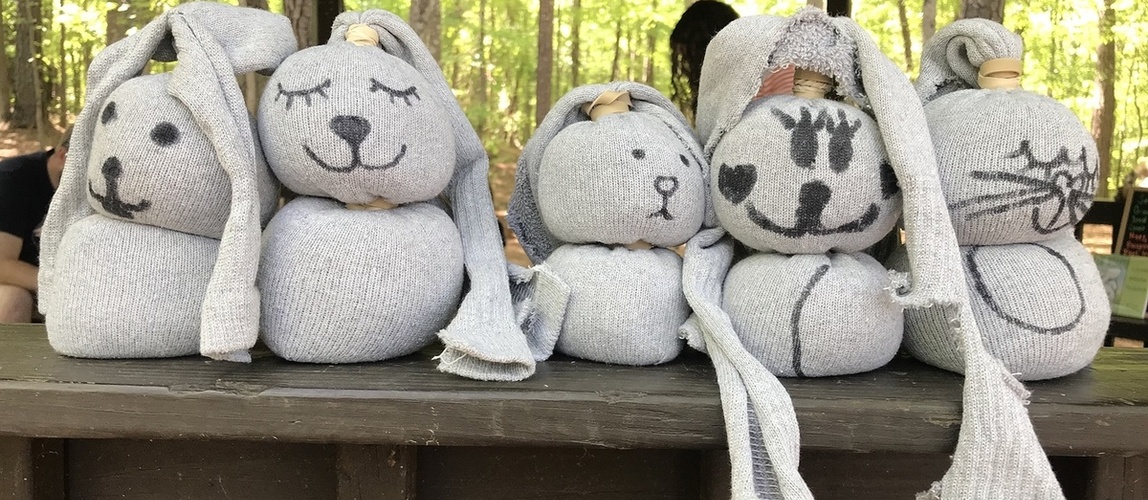
Photo: Tinkergarten
If you spend time around babies and toddlers, you can see cognitive empathy growing as their brains develop.
Sometimes called “perspective taking,” cognitive empathy (one of three types of empathy) is the ability to imagine how another person is thinking in a given situation.
Our capacity for cognitive empathy evolves: A 1-year-old may soothe a friend by handing her his own favorite toy. Once he is over 2, he may opt to go and get a sad friend the toy that she likes best, more able to note and respond to her emotions based on his knowledge of what would best soothe her.
Eventually, this capacity enables us to communicate effectively with and support the needs of other people.
Here are 5 easy ways to help even our wee ones start to develop the skill.
1. Support pretend play. Pretend play is the way that children learn to take different perspectives. When a child makes believe that he is a mama bird, a monster, or a firefighter, he starts to explore what it must be like to be that other person or creature. Even though pretend play starts quite simple, early experiences with pretending form strong roots of perspective-taking that grow into more sophisticated cognitive empathy.
We do NOT need to be our child’s constant playmate in order to help them get more pretend play. Instead, there are a few, simple things we can do: give kids time to pretend; set up your home environment to inspire pretending; and give kids invitations to pretend.
Give them time: Giving time requires a few agreements. First, you need to slow down and stay in one place long enough for kids to play (per research, that is 30 minutes or more). Second, kids need plenty of time to play to “catch fire,” and we have to allow their visible engagement level to rise and fall as they play. If they look “disinterested” that’s OK—lulls are part of play, and the less we intervene, the more likely they’ll learn to start, drive and revive their own play.
Set up your home environment: When we say environment, we mean both the objects (toys, clothes, loose parts), the space you designate for play, and how you arrange the objects in your house or yard. If you can get outside, take advantage of nature’s inspiring places to run, hide, climb, and an endless array of compelling objects. Indoors, use items to spark pretend play. An old bedsheet can become a cape, a cave, or a boat. A bucket can become a hat, a vessel for stew, or a steel drum.
Give them an invitation: Sometimes just the prompt to “go play” is invitation enough. We can also invite children into their own play by doing the following types of things, then stepping back and letting them run with it:
- Asking “I wonder” questions, like “I wonder what you could make in an outdoor kitchen?” or “I wonder what we could use to color this white sheet?”
- Tell stories.
- “Let’s pretend:” When you do have time, ask kids to pretend to be an animal that you see every day or a creature that they absolutely love.
2. Rewrite the golden rule. Doing unto others as you would have done unto you sounds virtuous, but it’s not empathetic at all. This new rule has given us a great starting point from which to engage in conversations that our kids can lead while we scaffold them with the chance to stop, reflect on the other person, and try to take their perspective.
3. Make animal allies. Education expert and inspiring advocate for outdoor learning David Sobel, reminds us, “Cultivating relationships with animals, both real and imagined, is one of the best ways to foster empathy during early childhood.” Because early childhood is a time in which children do not fully differentiate self from other, reality from fantasy, it makes them particularly able to identify with animals. So pretending to be animals not only supports perspective taking, it turns animals into allies, connecting children to other species in profound and lasting ways.
4. Show kids how you think about what other people are thinking. Show consistent curiosity about how others think.
- As you are reading stories, ask questions like, “Why do you think she is doing that?” “What do you think he is hoping?” and “What was he thinking?!” Do this for characters who could fall in both good guy and bad guy buckets, making sure to present both in 3-D.
- Be certain to do this for real people too, both children and adults. When you can, leave open the possibility that even someone who is frustrating may have reasons for acting in ways and also has wonderful qualities, valid feelings, etc.
- Little kids are still learning. When a child does something that is not ideal socially, talk with our kids about how they are learning, like all of us. If you can, include something that you admire about that child, too.
5. Work hard to understand bias. We all carry bias into the interactions we have with others. If we truly want to nail cognitive empathy, we need to start by reflecting on how our own experiences and identity impact how we think and act. Where do we have hidden bias?
From this place of curiosity and self-reflection, we can start to work hard to better understand how experiences and identity impact those around us and inform their thoughts, motivations, and actions. This is life’s work.
Our world is not an equitable place, and aspects of identity including race, ethnicity, socioeconomics, nationality, and gender drastically impact the way we each experience, think and act in the world. The more we each can learn about this and start to better identify the biases that block us from understanding where others are coming from, the better we’ll be able to model true cognitive empathy for our kids. And, the better able we’ll be to take real action to address inequities that erode our communities.
After 18 years as an educator, curriculum developer and school leader, Meghan has her dream gig—an entrepreneur/educator/mom who helps families everywhere, including hers, learn outside. Today, Meghan serves as co-founder and Chief Learning Officer of Tinkergarten, the national leader in outdoor play-based learning.
